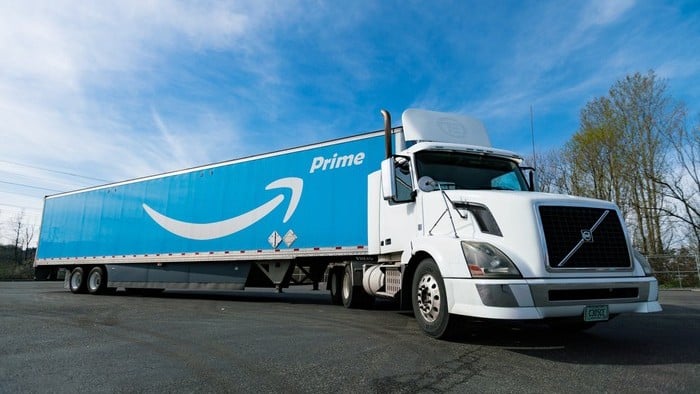This article was originally published on Fool.com. All figures quoted in US dollars unless otherwise stated.
With more people doing their shopping online these days, it's no surprise that Amazon.com Inc (NASDAQ: AMZN) Prime membership continues to climb, even in the highly saturated United States market. As of the end of 2020, 142 million domestic consumers had access to a Prime membership, according to Consumer Intelligence Research Partners.
What's surprising about the numbers is just how fast Amazon added Prime memberships last quarter. "After several quarters of slower growth, consumers joined Prime at a rate last seen more than four years ago," said CIRP co-founder Josh Lowitz. For the full year, Amazon added 30 million Prime members. What's more, more people are signing up for the full-year membership instead of the monthly option.
A big reversal in the trend
The 2020 holiday season saw a reversal of a pattern that Amazon had experienced for several years. After it introduced its monthly Prime membership option in December 2016, the e-commerce powerhouse typically saw an influx of monthly memberships around the holiday season. After those shoppers got the benefit of free shipping on all their gifts, many would drop their memberships early in the following year.
But in the fourth quarter of 2020, more people signed up for its annual plan. The share of Prime members paying annually grew to 53% as of the end of the year from 49% three months earlier.
One reason for that shift may have been Amazon's decision to hold Prime Day in October, kicking off an extended holiday shopping period. Consumers faced with choice between subscribing for October, November, and December, or just getting the full-year membership may have decided that for $80 more, the 12-month option was the better deal. If Amazon's internal data supports that thesis, the company may adopt strategies designed to extend the holiday shopping season into October in future years, which would also help it prevent its logistics network from getting overloaded by surges closer to the holidays.
Amazon will have a huge 2021
The long-term commitment to Prime from Amazon shoppers bodes well for its continued revenue growth in 2021.
For one, the new sign-ups should produce elevated growth in subscription revenue for Amazon throughout the full year. While Amazon has multiple subscription services, Prime is its biggest. Subscription services' revenue growth accelerated in each of the last two quarters, but growth was still slower than in 2019.
Additionally, Prime members spend more on Amazon than non-members. And that fact has held true throughout the years as the number of members has ballooned. This indicates that it's not just that people who are already frequent Amazon shoppers decide to sign up for Prime, but rather that being a Prime member makes people more likely to do more of their shopping on Amazon. In fact, the gap between average member and non-member spending has widened over the years.
Prime members are also more likely to begin their online product searches on Amazon versus other websites. According to a Civic Science survey conducted last spring, 74% of Prime members start their searches on Amazon.com versus just 29% for non-members. The recent influx of new Prime members should ensure Amazon's sales grow faster than the rest of the e-commerce industry in 2021. Analysts at eMarketer expect e-commerce sales to grow another 14% this year after a huge spike in growth in 2020.
Prime members also bolster Amazon's advertising business. All of those product searches provide it with more opportunities to display its lucrative marketplace ads. Additionally, Prime members are more likely to use other Amazon devices like Fire TV, which is a big source of video display advertising for the company.
There are a lot of ways for Amazon to capitalize on growing Prime memberships. Considering the huge influx of new members last quarter and the shift from monthly sign-ups to full-year commitments, this FAANG stock should see strong revenue growth in 2021.
This article was originally published on Fool.com. All figures quoted in US dollars unless otherwise stated.








